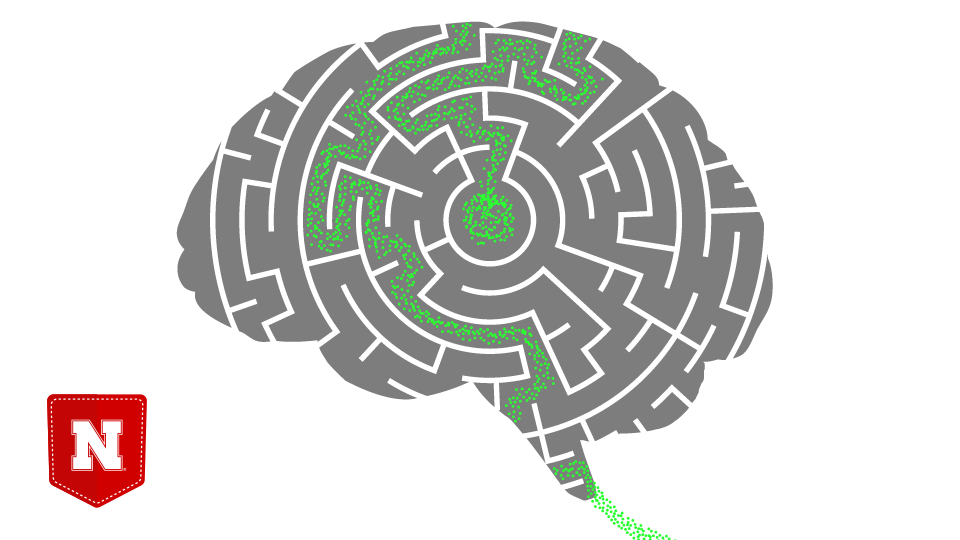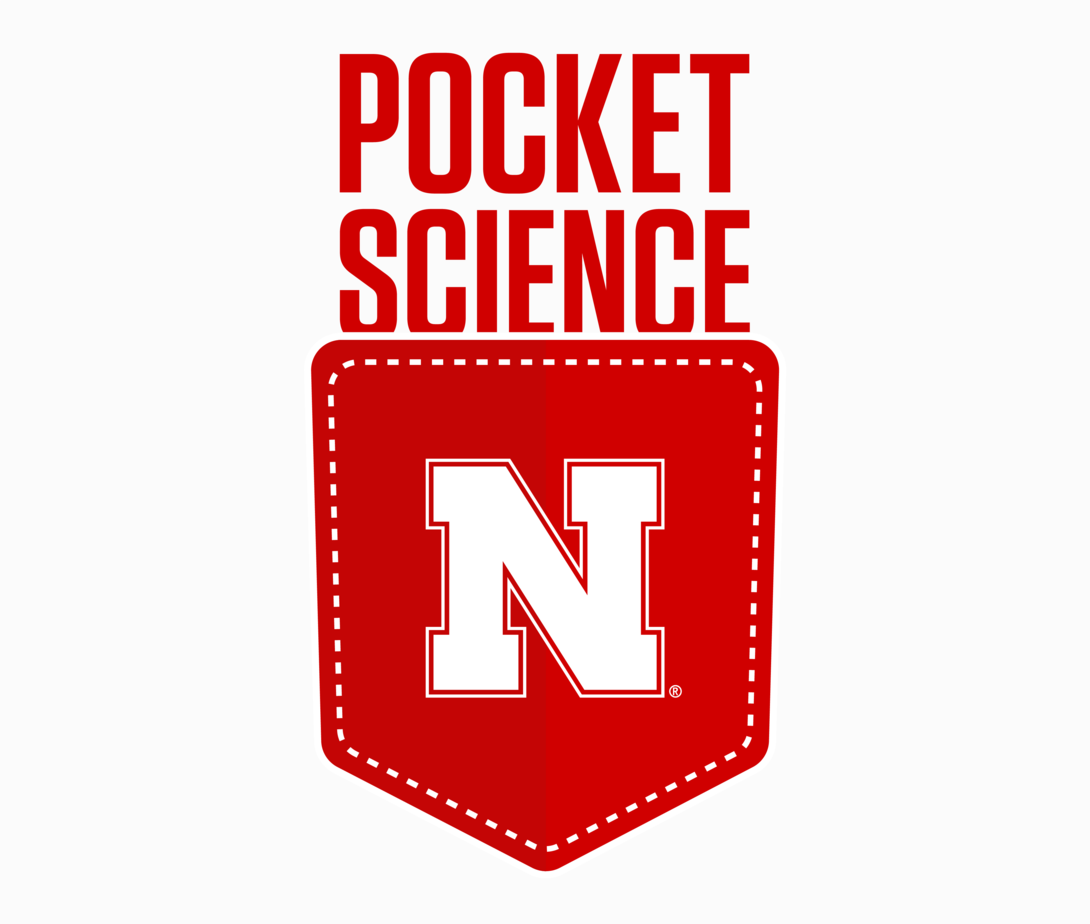
Welcome to Pocket Science: a glimpse at recent research from Husker scientists and engineers. For those who want to quickly learn the “What,” “So what” and “Now what” of Husker research.

What?
Despite the fact that traumatic brain injuries hospitalize or kill nearly 3 million Americans annually, no approved treatment has yet been developed. That’s partly due to the difficulty of delivering drugs across the blood-brain barrier and to damaged tissue.
Nanoparticles show promise for protecting and carrying drugs to the brain. But researchers still have much to learn about how the properties of nanoparticles affect their accumulation and retention in gray matter. Though imaging techniques such as fluorescence and MRI can help track the location of nanoparticles in space and over time, respectively, most nanoparticles register with only one or the other.
So what?

Nebraska’s Forrest Kievit and colleagues have calibrated a nanoparticle whose composition allows it to be clearly visualized by both fluorescence and MRI technologies.
The team also observed the nanoparticles reaching and populating injured brain tissue in mice for meaningful periods of time. And the nanoparticles’ especially minuscule size appeared to help the kidneys clear them from the bloodstream, reducing the potential for side effects.
Now what?
The team’s design and simple fabrication process should allow researchers to more easily test which nanoparticle traits can promote their transport to and stopover in the brain, accelerating the hunt for TBI treatments.







